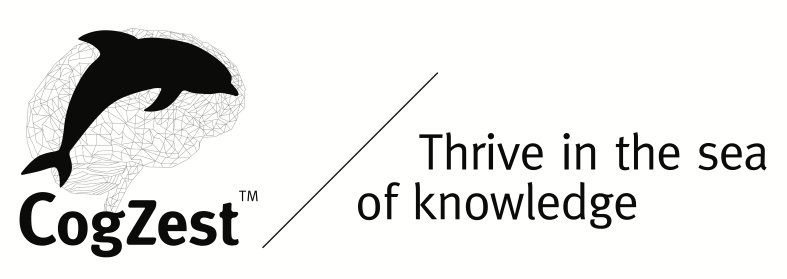This is the first in a series of blog posts of mine on Keith Stanovich’s work on rationality and thinking dispositions. I will focus mainly on his 2009 book. What intelligence tests miss: The psychology of rational thought.. While this book was published several years ago, its ideas are still valid, pertinent and worthy of discussion. The following is adapted from Cognitive Productivity, a book which discusses and builds upon Stanovich’s work.
As I have said, ingratitude does not surprise me. What does startle me, in retrospect, is my lack of curiosity.
Hermann Hesse’s Emil Sinclair character
Keith Stanovich’s 2009 book, What Intelligence Tests Miss: The Psychology of Rational Thought, is an important and very readable contribution to cognitive science. Many others had previously written about anti-patterns and “cognitive biases” that systematically predispose us to error. Keith Stanovich and his colleagues have identified and aptly characterized some of the most fundamental sources of human irrationality. They have pointed, in general terms, to avenues for people to avoid making costly errors.
Stanovich proposes that the apparent paradox of “smart” people, like George W. Bush, doing “stupid” things (like invading Iraq) can be resolved by separating the concepts of intelligence and rationality. Let intelligence be defined as mental abilities measured by intelligence tests, i.e., fluid intelligence and crystallized intelligence. Rationality refers to abilities and tendencies to reason, make judgments and decisions that optimally achieve one’s goals and solve one’s problems. Rationality is a different and broader concept than intelligence. To behave rationally, one needs not only to have the abilities to think productively, but to be inclined to activate them. Cognitive misers may be intelligent (have a high IQ) but they tend to be too intellectually lazy to bother to think rigorously when faced with even an important problem. They also don’t tend to bother to acquire the “mindware of rational thought”, which Stanovich defines as cognitive rules, strategies, and belief systems for reasoning properly. An example of a cognitive strategy is “consider the opposite”. That is, when given a proposition, instead of simply assuming it to be true, to consider reasons why it might be false.
Stanovich grounds the distinction between intelligence and rationality in a three-layer architecture of the mind:
- The autonomous mind, which handles all kinds of quick, well-trained, automatic routines (e.g., tying one’s shoes, playing a well rehearsed piece of music.)
- The algorithmic mind, which handles the slower thinking that is characteristic of fluid intelligence (e.g., learning a piece of music, solving an unfamiliar problem).
- The reflective mind, which monitors and controls the two other layers.
Many costly errors in life may be avoided by (a) acquiring the mindware of rational thought, (b) acquiring the thinking dispositions that prevent overly miserly cognition.
Keith’s Stanovich book is relevant to our concerns in many ways. It proposes a high-level, easy to understand, model of the mind that is compatible with the one described in Part 2 of Cognitive Productivity. His book also proposes concepts—such as thinking dispositions, cognitive miserliness and mindware—that are important to Cognitive Productivity. Moreover, Stanovich is concerned with improving rationality. The meta-effectiveness framework aims to help its readers be rational with knowledge.
I’ve also posted a few comments about Stanovich’s book on Good Reads.
